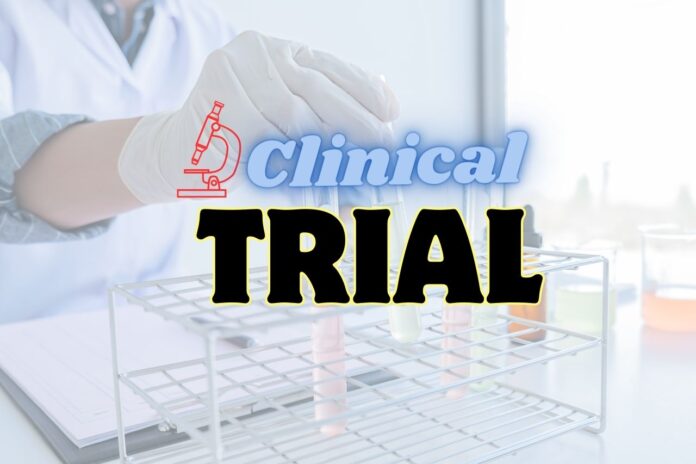Last Updated on October 2, 2024 by The Health Master
Regulations
The Indian Homeopathy industry is advocating for separate regulations for New Drugs and Clinical Trial Rules (NDCTR) specifically tailored to its unique practices.
This move, championed by S B Dangayach, national vice president of Arogya Bharati and patron of the Global Homoeopathy Foundation, aligns with existing regulations for Ayurveda, Siddha, and Unani (ASU) medicines.
Distinct Science, Deserving Regulations
Homoeopathy functions on principles vastly different from conventional medicine.
Dangayach argues that applying the same regulations for both systems creates an uneven playing field.
“The current system compels the Homoeopathy industry to follow Allopathic standards, despite being a fundamentally different science,” he highlights.
Specific NDCTR for Homoeopathy would ensure proper evaluation and regulation that considers its unique therapeutic approaches.
Boosting Research and Innovation
Separate regulations hold immense potential to fuel research, innovation, and startups within the Homoeopathy sector.
This, in turn, could lead to significant advancements in areas like:
Nosode Development:
Homoeopathic prophylactics, or nosodes, are biological preparations used for disease prevention.
They represent a specific area that could benefit greatly from dedicated NDCTR.
“India has a robust ecosystem for nosode research and development,” says Dangayach.
“These regulations could pave the way for creating targeted immunity against many challenging diseases and epidemics.”
Nosodes also hold promise within the bio-pharma industry and could contribute significantly to the National Bio-pharma Mission.
A ‘Nosode Mission’ for Global Leadership
Dangayach proposes a comprehensive “Nosode Mission” that combines the proposed NDCTR with standardization efforts and design thinking.
This, coupled with dedicated funding, could propel India to the forefront of nosode production for human, veterinary, and agricultural applications.
Consumer Focus and Global Hub Potential
During a panel discussion at the World Homoeopathy Day event, Dangayach emphasized four key pillars for driving the growth of Homoeopathy :
- Consumer Interest
- Patient Safety
- Quality
- Affordability
India possesses the necessary ingredients to become a global hub for Homoeopathic medicines and services.
By focusing on standardization, quality control, technological advancements, and strategic promotion, India can attract both domestic and international companies to establish modern facilities catering to global and local markets.
Green Medicine for a Sustainable Future
Homoeopathy boasts the distinction of being the greenest form of medicine with the lowest carbon footprint.
“The global healthcare landscape is shifting towards integrative, low-carbon models,” observes Dangayach.
“Homoeopathy, guided by sound principles, practices, and policies, is well-positioned to play a vital role in this transition.”
Meeting International Standards
Several developed nations have established their own pharmacopoeias, which outline quality standards for medicines.
The Indian Homoeopathy industry needs to adapt and strive to meet these regulatory norms to unlock market opportunities in these countries.
Combatting Anti-Microbial Resistance
The overuse of antibiotics in humans and animals has contributed significantly to the growing problem of anti-microbial resistance (AMR).
This public health threat can be effectively addressed through the integration of Homoeopathy.
Dangayach cites the example of Amul Dairy in Gujarat, which has successfully reduced antibiotic use in animals by 20% within a few months by adopting Homoeopathic practices.
This success story underscores the immense potential of Homoeopathy within the veterinary sector, offering a global market opportunity.
Leveraging the Power of Ayurveda
Drawing a parallel with Ayurveda, Dangayach highlights the government’s plan to establish 150,000 Ayushman Arogya Mandirs under the Ayush sector to deliver holistic primary healthcare.
“These standardized centers, with standardized drugs and well-trained staff, can serve as role models for other nations, further expanding India’s export potential in the traditional medicine domain,” he concludes.
By advocating for separate regulations and embracing innovation, the Indian Homoeopathy industry has a unique opportunity to not only solidify its domestic presence but also emerge as a global leader in sustainable and effective healthcare solutions.
Disclaimer: This article contains information derived from the source mentioned below. Our team utilized an AI language model to rewrite and present the news or article in a unique format.
Latest Notifications: Homoeopathic
Procedure to obtain license for manufacturing of Homoeopathic Medicines
FSSAI: Food Labelling and Display – Chapter-5
USFDA Inspection: Natco Pharma Receives Positive EIR
Drug recall: 7 lots of Treprostinil injection recalled due to this reason
CDSCO Empowers Regulators, Drives Pharma Export Boom
Important Information About Pseudoephedrine in India
Pakistan: Pharma Company Faces Imprisonment and Fines for NSQ Drug
Revised Schedule M: A Game-Changer for India’s Pharmaceutical Industry
New Guidelines on Stability Studies for Medical Devices in India
USFDA Inspection: At Zydus Lifesciences with 10 observations
Pharma Industry to Achieve Global Standards with Schedule M Compliance
For informative videos by The Health Master, click on the below YouTube icon:
For informative videos on Medical Store / Pharmacy, click on the below YouTube icon:
For informative videos on the news regarding Pharma / Medical Devices / Cosmetics / Homoeopathy etc., click on the below YouTube icon:
For informative videos on consumer awareness, click on the below YouTube icon:












